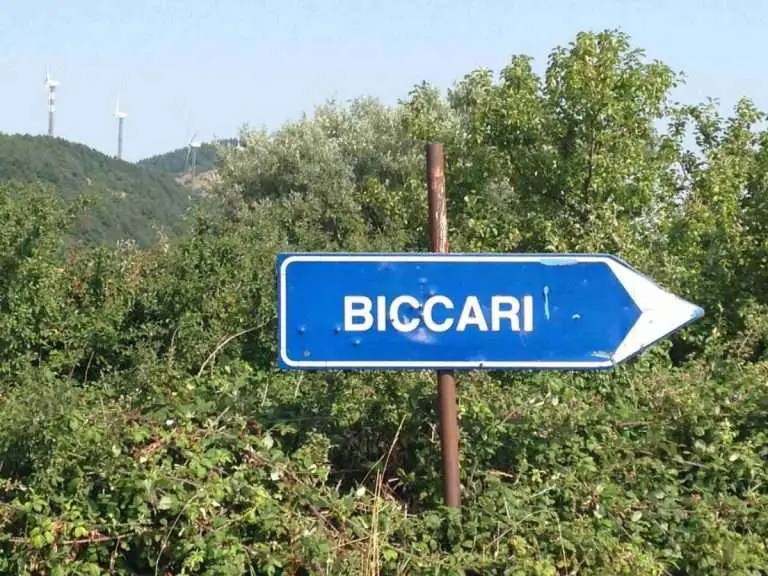Writer’s Block, Italian Style

The promise of “another day” is the key to the word’s origin. It derives from the Latin verb procrastinare, combining the prefix pro- “forward” with crastinus “of tomorrow”—hence, moving something forward from one day until the next. [source]
I frequently like to joke. I love a good play on words. And a chance to match wits with someone, in person — or, more commonly, online — is great fun to me.
I write this “grab bag” post for the Italy Blogging Roundtable as a bit of an inside joke, as I am frequently the late-comer when it comes to posting my thoughts on the month’s topic. The Roundtable is a labor of love, one that we all put time into when we can. But life sometimes get in the way. We have all had to take a break at some point, whether for career, children, traveling, or something else. Still, Rebecca, Alexandra, Jessica, Gloria, Kate, and I all depend on one another each month to get our “work” done, so I hate the feeling I get each month when I inevitably have to tell the group, “I’m going to be a little bit late.”
The guilt that is hanging over me as I write this post at the eleventh hour is what has led me to write, in tongue-in-cheek fashion, about the thing I know best: writer’s block (blocco dello scrittore). Only, instead of writing a piece on how to cope with it, I’ve decided I’d provide some photos of actual blocks with writing on them. Call me lazy. Call me crazy. I call it delivering what I promised.
The Pantheon in Rome has one of the most famous inscriptions from ancient times. Translated, it means “Marcus Agrippa, son of Lucius, Consul for the third time, built this.” What he should have had inscribed was, “Ego M. Agrippa, non ipsa struit – puerorum aedificaverat” – “I, M. Agrippa, didn’t build this – my slaves did.” (Thanks, Google Translate!)
Another well-known ancient ruin in Rome is the Arch of Titus, located near the Roman Forum. The inscription is dedicated to Emperor Titus (of course): “The Roman Senate and People to the Divine Titus Vespasianus Augustus, son of the divine Vespasian.” The Romans considered Titus a “good” emperor. But if you look closely at the carvings on this triumphal arch, you’ll see it depicts Titus’ role in the destruction of Jerusalem. The Arch of Titus is a good lesson in how history looks different from the eyes of the conquerors versus the conquered.
Emperor Titus ruled during the time Pompeii was destroyed by the eruption of Mount Vesuvius. But before that event, a Pompeii resident scrawled this graffiti on a wall in what is now known as the Villa of Mysteries. Odds are, the graffiti artist was illiterate. But I like to think this was his (or her!) version of writer’s block (worth 1,000 words, right?). If you’re into this kind of thing, 10 Pieces of Crazy Ancient Graffiti is a fun glimpse into the past.
The winged lion is the symbol of Venice. It is an icon you will see everywhere, but nowhere more prominently (and beautifully) than on the facade of St. Mark’s Basilica. The lion is resting his paw on the so-called “Motto of Venice,” which has been shortened. “Pax – Evan, Tibi – Geli, Mar – Sta, Ce – Meus” is short for “Pax tibi, Marce, Evangelista meus. Hic requiescet corpus tuum” which means “Peace to you, Mark, my Evangelist. Here your body shall rest.”
And now I shall rest, too.

Read more from the Roundtable:
- ArtTrav – Blogging: It’s About the People
- At Home in Tuscany – My Memory Grab Bag
- Brigolante – Italy Roundtable: Talking the Talk
- Driving Like a Maniac – 36 Hours in Cefalu
Photos: cogito ergo imago, esme, john mcl, monkeypuzzle
Last updated on May 17th, 2023Post first published on June 12, 2013











